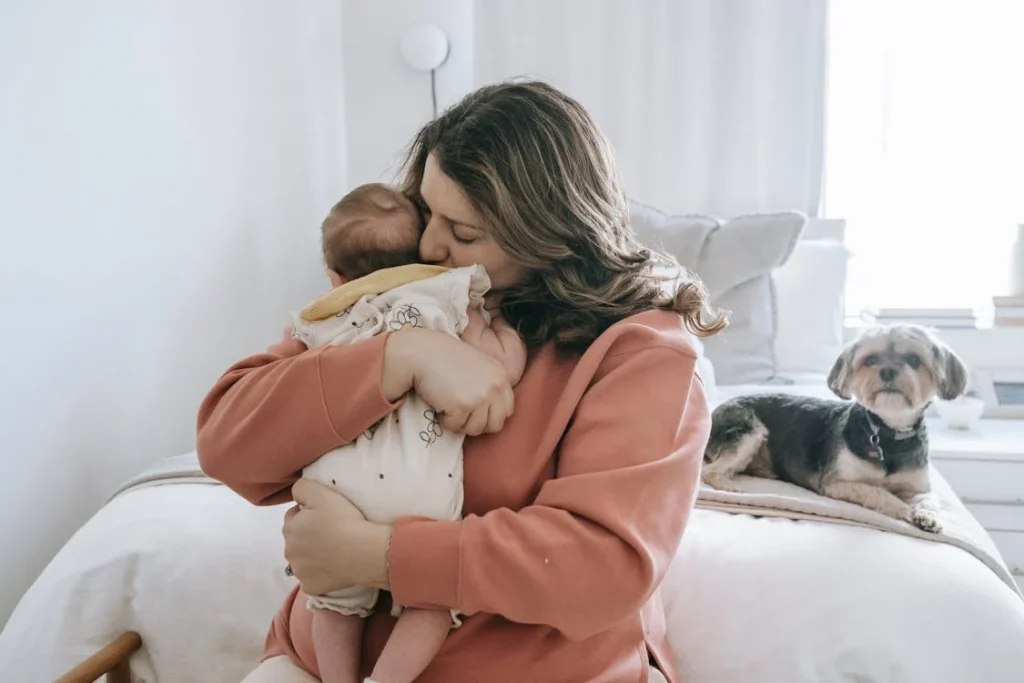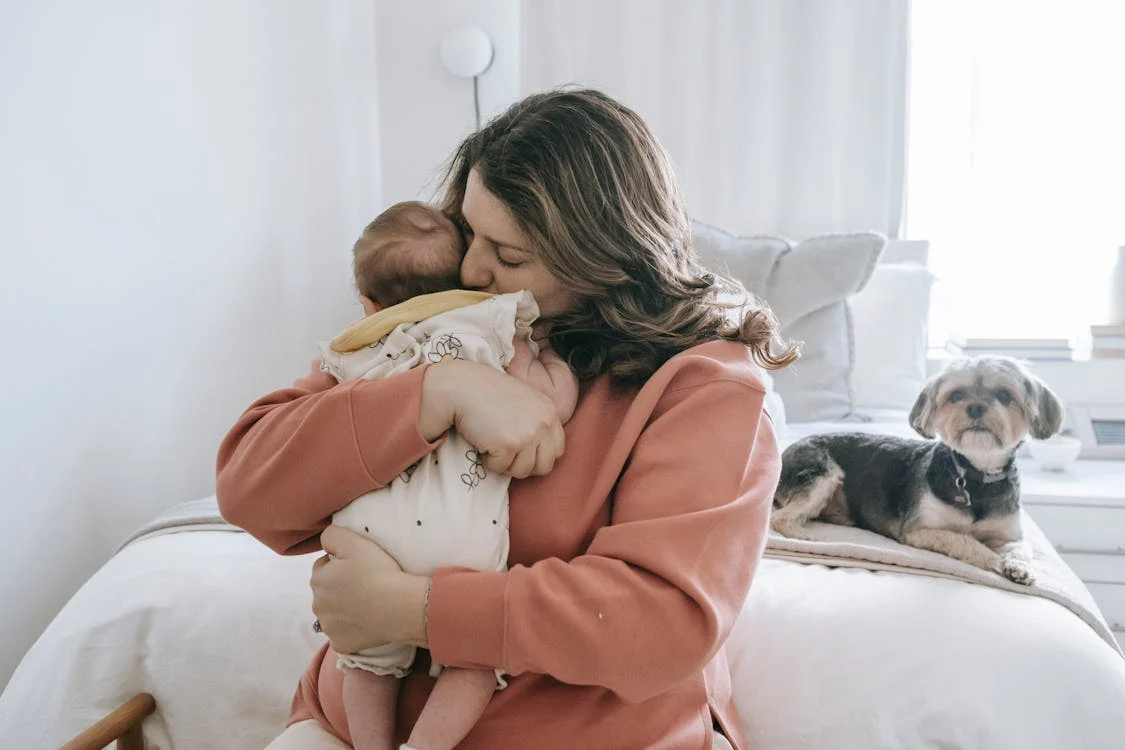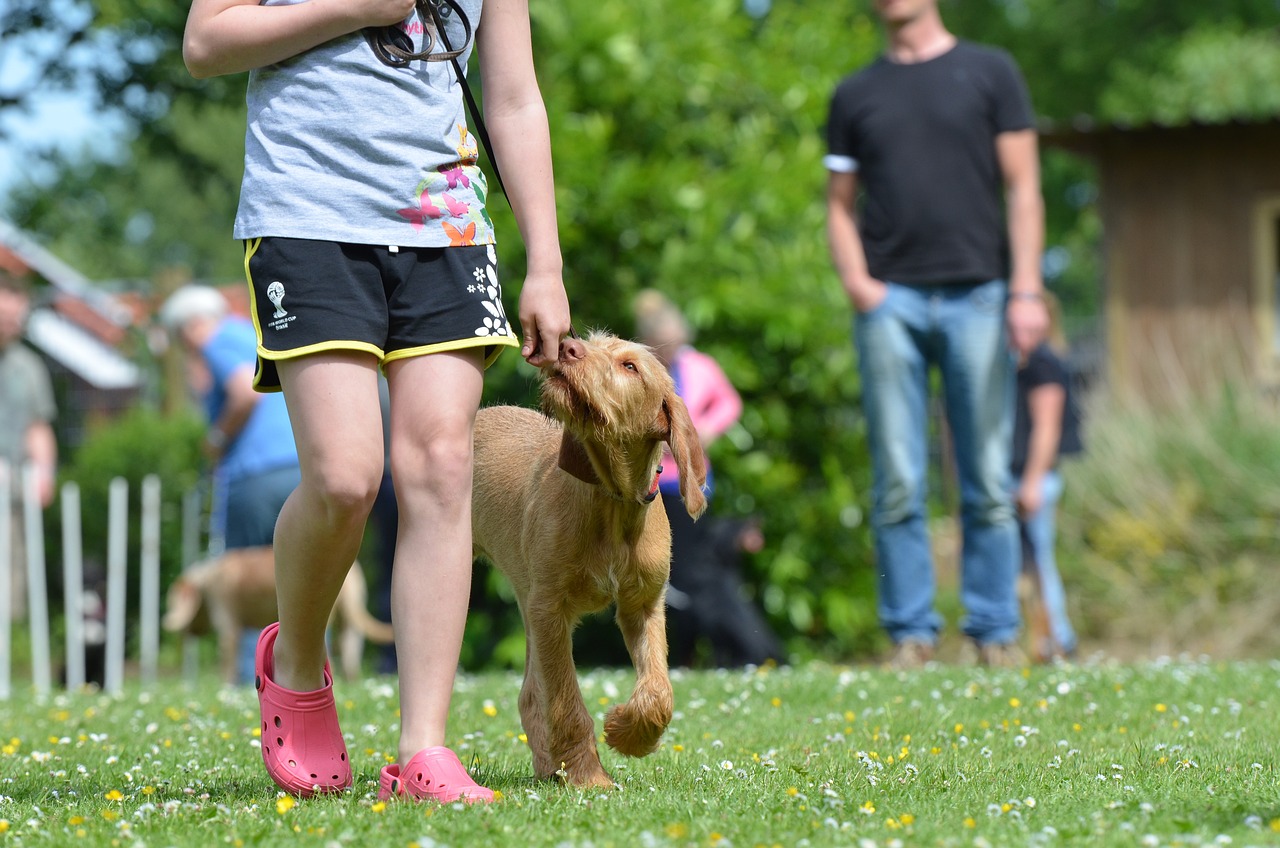Pets bring joy, companionship, and endless love into our lives. As cherished members of the family, it’s our responsibility to ensure their safety and well-being within our homes. Pet-proofing your living space is not only about safeguarding your furry friends from harm but also about creating a harmonious environment where both pets and humans can thrive.
Introduction
Welcoming a pet into your home is a delightful experience, but it comes with responsibilities. Pet-proofing is essential to prevent accidents and injuries, ensuring a safe and nurturing environment for your beloved companions. In this comprehensive guide, we’ll explore the various aspects of pet-proofing, from understanding pet behavior to implementing practical solutions to mitigate potential risks.
Understanding Pet Behavior
Pets, whether cats, dogs, or other animals, exhibit behaviors that can sometimes pose risks to their safety. From chewing on electrical cords to exploring confined spaces, understanding these behaviors is crucial for effective pet-proofing.
Common behaviors of pets: Cats are known for their curiosity and agility, while dogs may exhibit chewing tendencies, especially during their teething phase.

Potential risks associated with each behavior: Chewing on cords can lead to electric shocks or burns, while squeezing into tight spaces may result in entrapment or injury.
Identifying Hazards
Our homes are filled with items and areas that can potentially harm our pets. Identifying these hazards is the first step towards effective pet-proofing.
Household items dangerous to pets: Household cleaners, medications, and certain plants can be toxic to pets if ingested.
Areas of the home posing risks: Kitchens and bathrooms often contain hazardous items, while balconies and open windows pose fall risks for curious pets.
Securing Living Spaces
Creating secure living spaces for pets involves implementing measures to prevent access to hazardous areas and items.
Tips for securing rooms and areas: Install baby gates to restrict access to dangerous areas, and use cabinet locks to prevent pets from accessing cabinets containing toxic substances.
Importance of supervision and containment: Supervise pets when they are exploring new spaces, and use crates or designated pet areas when you are unable to supervise them closely.
Safe Storage Solutions
Properly storing hazardous items is essential for preventing accidental ingestion by pets.
Proper storage of hazardous items: Store cleaning products, medications, and chemicals in cabinets or high shelves inaccessible to pets.
Alternative storage options: Consider using pet-safe cleaning products and storing items such as medications in sealed containers.
Choosing Pet-Friendly Decor
When decorating your home, opt for materials and furnishings that are safe and durable for pets.
Pet-safe materials for furniture and decor: Choose leather or microfiber upholstery, and avoid items with small parts that can be chewed or swallowed.
Stylish yet practical choices: Incorporate pet-friendly design elements such as washable rugs and scratch-resistant furniture.
Creating a Pet-Friendly Outdoor Environment
If you have a yard or outdoor space, ensure it is safe and secure for your pets to enjoy.
Fencing and gating options: Install secure fencing to prevent pets from wandering off, and consider adding gates to limit access to certain areas.
Landscaping considerations: Avoid toxic plants such as lilies and azaleas, and remove any sharp objects or potential hazards from the yard.
Establishing Safe Feeding and Watering Areas
Designate specific areas for feeding and watering your pets, taking into account safety and hygiene.
Placement of food and water bowls: Keep bowls in areas where they won’t be easily knocked over, and clean them regularly to prevent bacterial growth.
Avoiding toxic plants in the garden: Ensure your garden does not contain plants that are toxic to pets, and fence off areas where pesticides or fertilizers have been used.
Investing in Pet-Safe Products
When choosing pet products, prioritize safety and quality to protect your pets from harm.

Evaluating pet products for safety: Research products before purchasing them, and look for certifications indicating they are safe for pets.
Recommendations for pet-safe alternatives: Opt for natural or organic products whenever possible, and avoid items containing harmful chemicals or additives.
Emergency Preparedness
Being prepared for emergencies is crucial for ensuring your pets receive prompt medical attention when needed.
Creating a pet first-aid kit: Include essential items such as bandages, antiseptic wipes, and a pet thermometer in your first-aid kit.
Knowing emergency vet contacts: Keep a list of emergency vet clinics and contact numbers handy in case of accidents or sudden illness.
Training and Behavior Management
Training your pets and addressing behavioral issues are important aspects of pet ownership.
Importance of obedience training: Teach your pets basic commands such as sit, stay, and come to help keep them safe in various situations.
Addressing behavioral issues: Seek professional help if your pet exhibits problematic behaviors such as aggression or separation anxiety.
Regular Health Checks
Regular veterinary visits are essential for maintaining your pet’s health and well-being.
Importance of veterinary visits: Schedule annual check-ups for your pets, and keep up-to-date records of vaccinations and preventive medications.
Maintaining vaccinations and parasite control: Follow your vet’s recommendations for vaccinations and parasite prevention to protect your pets from common diseases and infestations.
Travel Safety Measures
Whether traveling short distances or embarking on long journeys, take precautions to ensure your pets’ safety.
Securing pets during car rides: Use pet restraints or carriers to secure your pets in the car, and never leave them unattended in a parked vehicle.
Travel safety essentials: Pack essentials such as food, water, medications, and comfort items for your pets when traveling.
Introducing New Additions to the Family
Introducing new pets or family members requires careful planning and consideration to ensure a smooth transition.
Preparing for new pets or babies: Gradually introduce new pets to existing pets, and supervise interactions between pets and children to prevent accidents.
Ensuring a smooth transition: Provide plenty of love and attention to all members of the family during times of change, and seek guidance from a professional trainer or behaviorist if needed.
Conclusion
Pet-proofing your home is a proactive measure that demonstrates your commitment to the safety and well-being of your furry companions. By understanding pet behavior, identifying hazards, and implementing practical solutions, you can create a secure and nurturing environment where both pets and humans can thrive.
FAQs
- How do I know if a plant is toxic to my pets?
- Research the specific plant species or consult with your veterinarian to determine if it is safe for pets.
- What should I do if my pet ingests a toxic substance?
- Contact your veterinarian or a poison control hotline immediately for guidance on how to proceed.
- Is it necessary to pet-proof every room in my home?
- While it’s ideal to pet-proof all areas of your home, focus on high-risk areas such as the kitchen, bathroom, and living room.
- Can pet-proofing help prevent behavioral problems in pets?
- Yes, by removing potential hazards and providing appropriate outlets for natural behaviors, pet-proofing can help prevent behavioral issues.
- How often should I update my pet first-aid kit?
- Regularly check and replenish items in your pet first-aid kit, and update it as needed to ensure it remains fully stocked and effective in emergencies.







